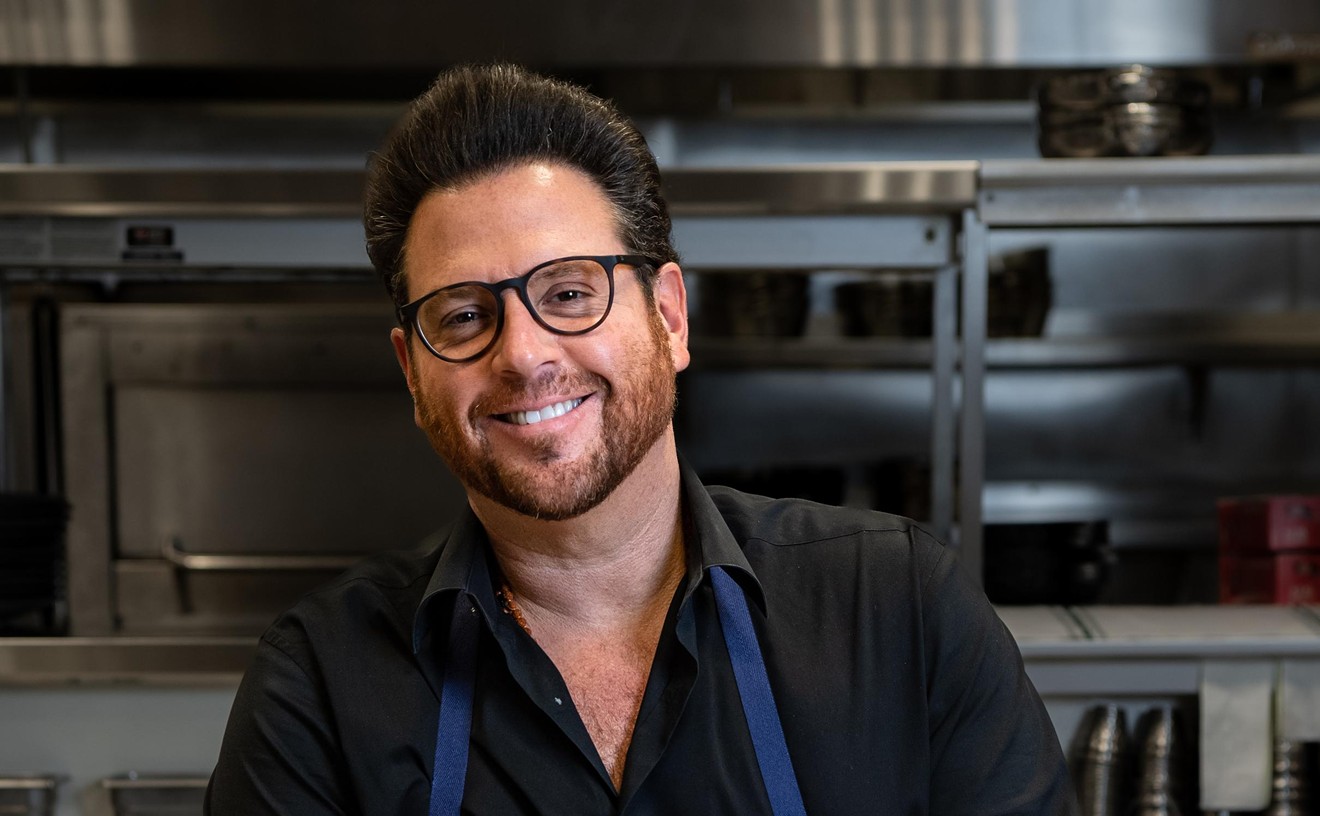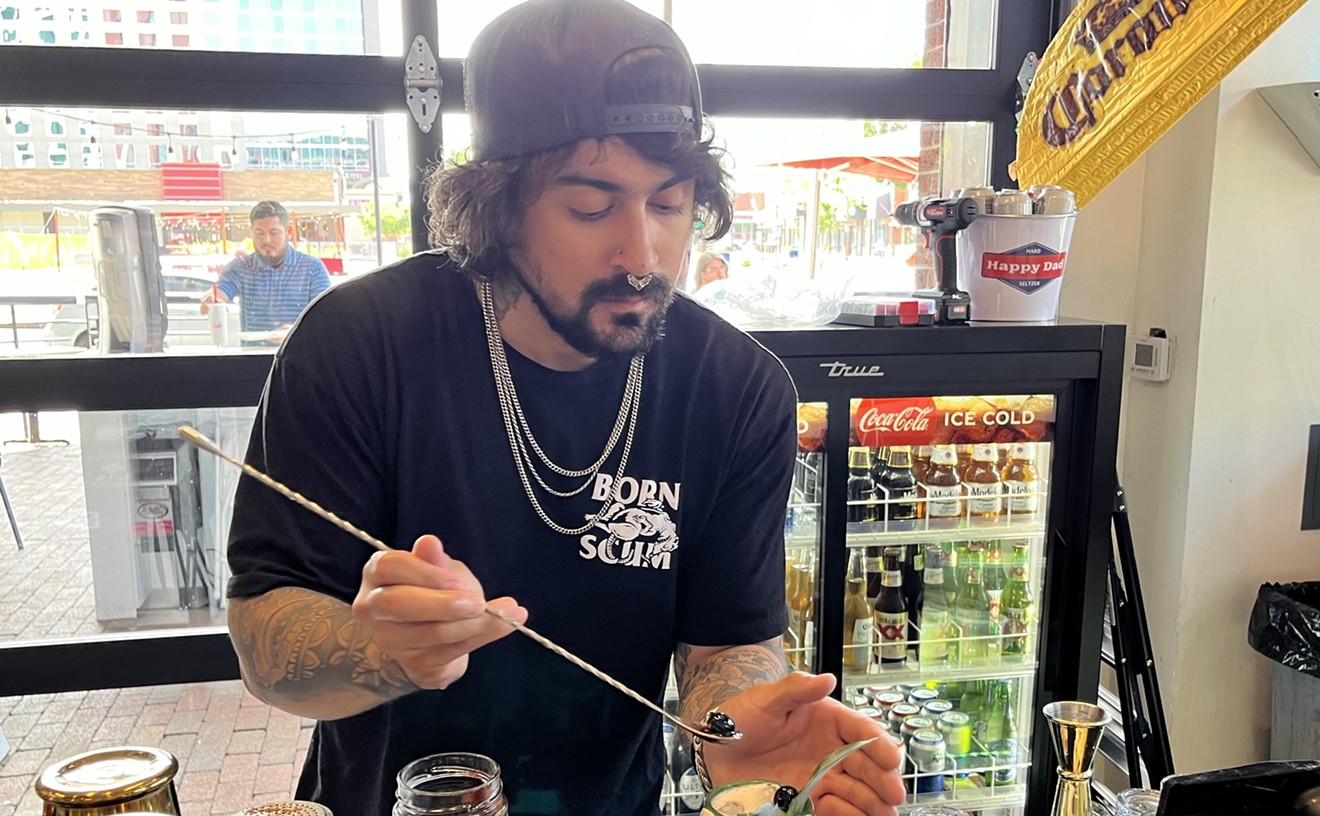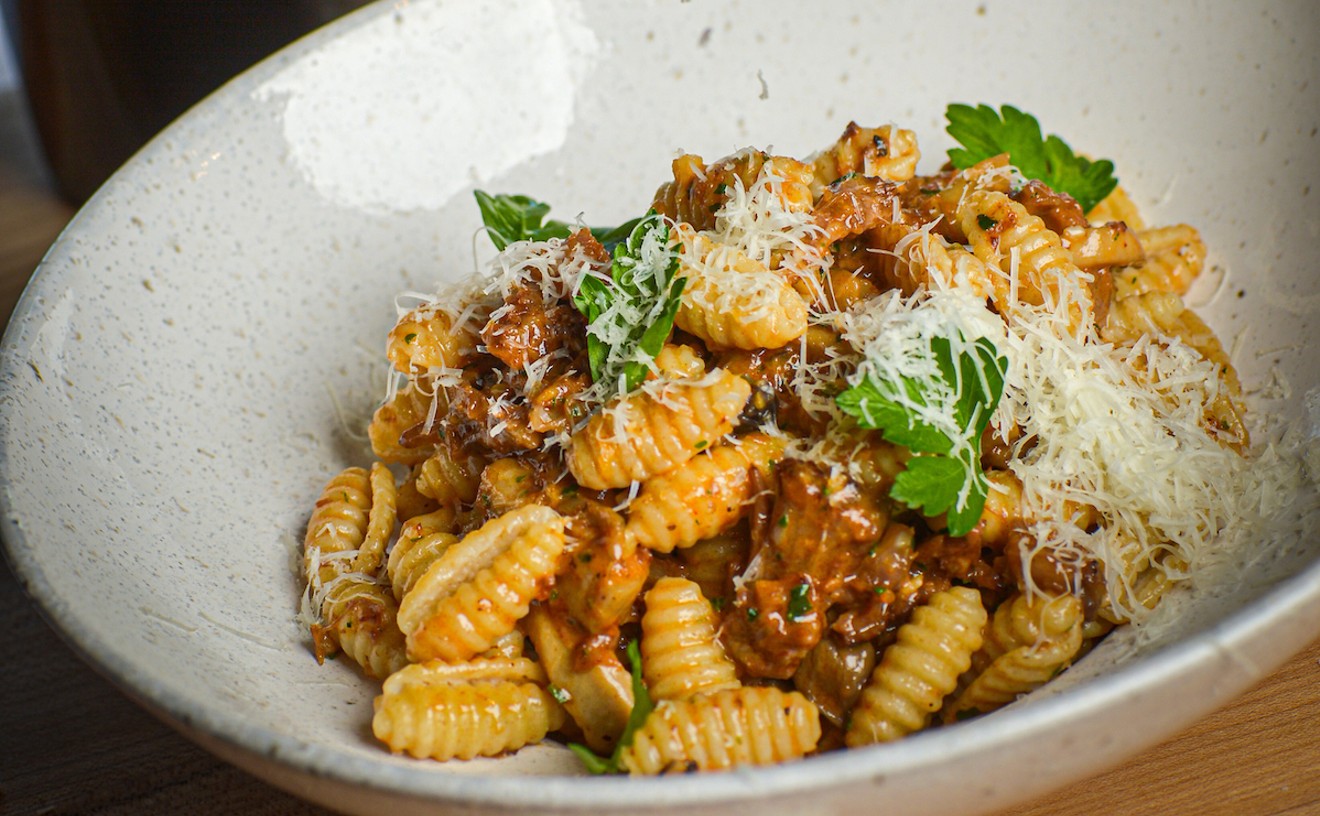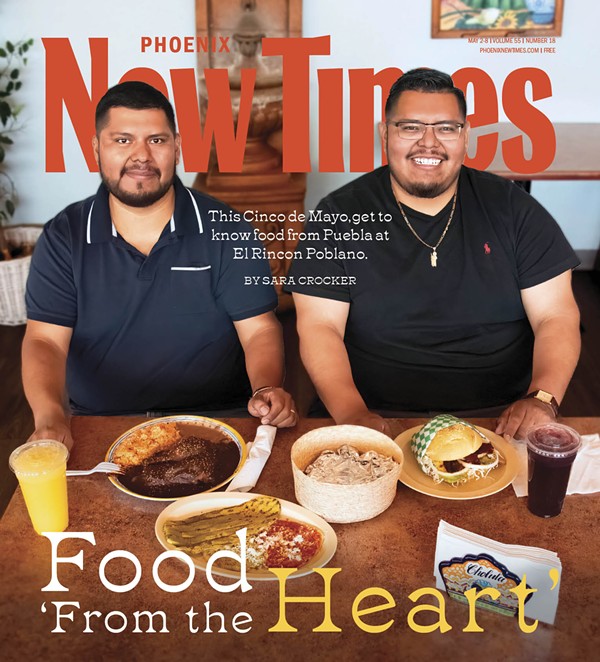5. Focus on the Details
A lot of chefs treat each dish like a presentation, so handle it with care. Really take a look at the food before hitting the shutter button on the camera. Consider the composition. Does the entire plate need to be in the shot? Do you need to get in tighter, cropping out some of the food in order to get the nitty gritty details? Does the garnish need to be included? It's a call that you can only make after seeing what's in front of you. But we'd suggest taking a variety of shots, just in case. And from different angles. When focusing, we suggest shooting with a wider aperture if your camera has the option to adjust those settings (maybe an f-stop of 2.8). That allows for a shallow depth of field, which will better control where the viewers' eyes go in the photograph.
1. Technical Proficiency Is a Must
As basic as this sounds, well, you need to know the basics. Otherwise, it gets difficult to produce quality work. Proper exposure, focus, composition, white balance--these are essential points to understand. If your shot is underexposed, there's only so much you can do in post-production work (i.e. software like Photoshop) to adjust that. But there's not a whole lot that can be done to fix a badly composed or blurry shot after it's been taken. So, as our photo instructors in college would ask, Why not just get it right the first time around? Make sure the food is well lit and that the camera settings are adjusted to read the light properly, and go from there. Is it in focus? Try to use that shallow depth of field as mentioned in previous tips.
And don't forget color balance.
A filet mignon will not look all that appetizing if the photo is murky and green. Proper color balance of a photo is essential in food photography. Avoid having that color cast over the image by setting your camera to automatic white balance before shooting, or manually adjust it depending on the color temperature of the light (tungsten, which often casts orange tones, will have a different color temperature than shooting under florescent, which can give photos a green-like-The-Matrix look if you're not careful). If you find yourself with a photo that you've taken that does have a strange off-color look to it, it's an easy fix in Photoshop and/or other software. It can be fixed by adjusting the balance of colors (for example, adding magenta will help to take away green from an overly-green image). Check with the program you're using for more details on how to do go about the different methods of color correction.
And although we've already touched on composition in preview tips, we have something to add: For the love of God, don't tilt the camera for that stupid diagonal horizon effect. It rarely (if ever) adds anything to the photograph.










